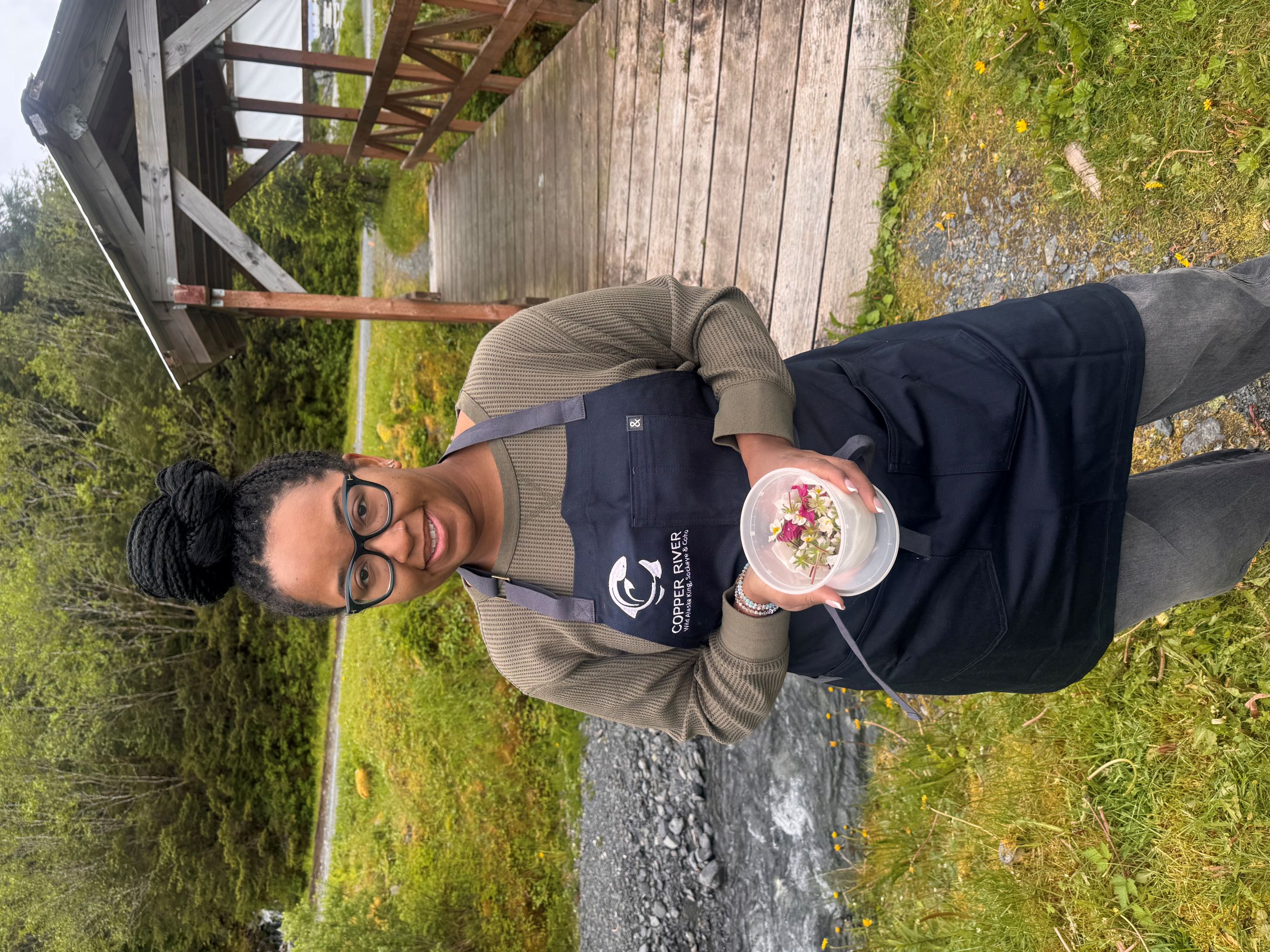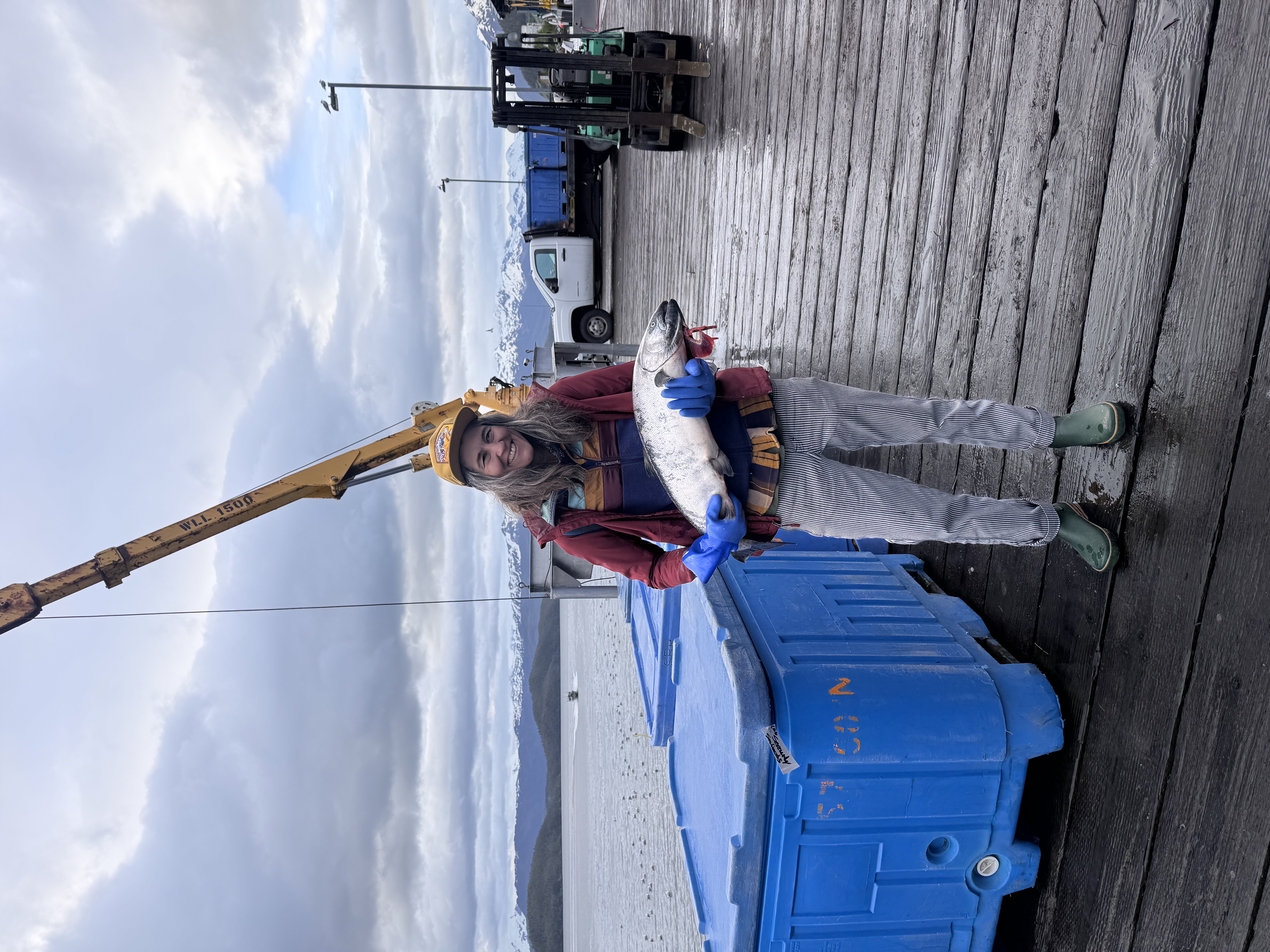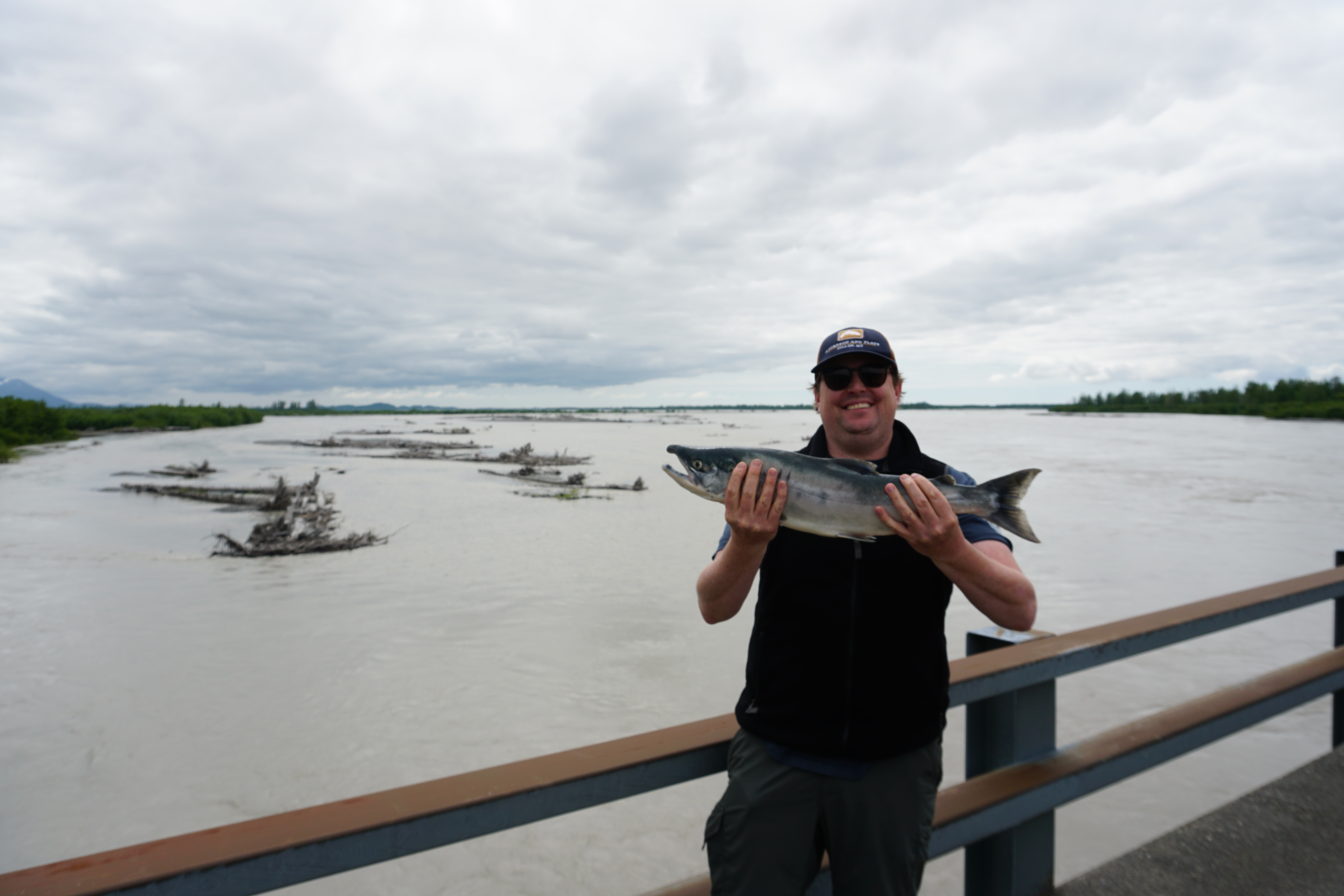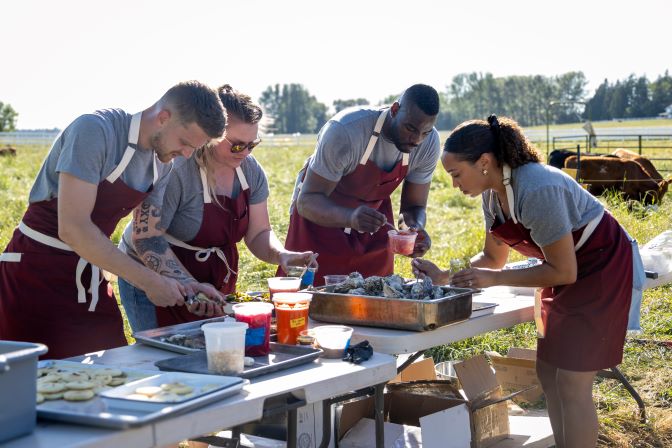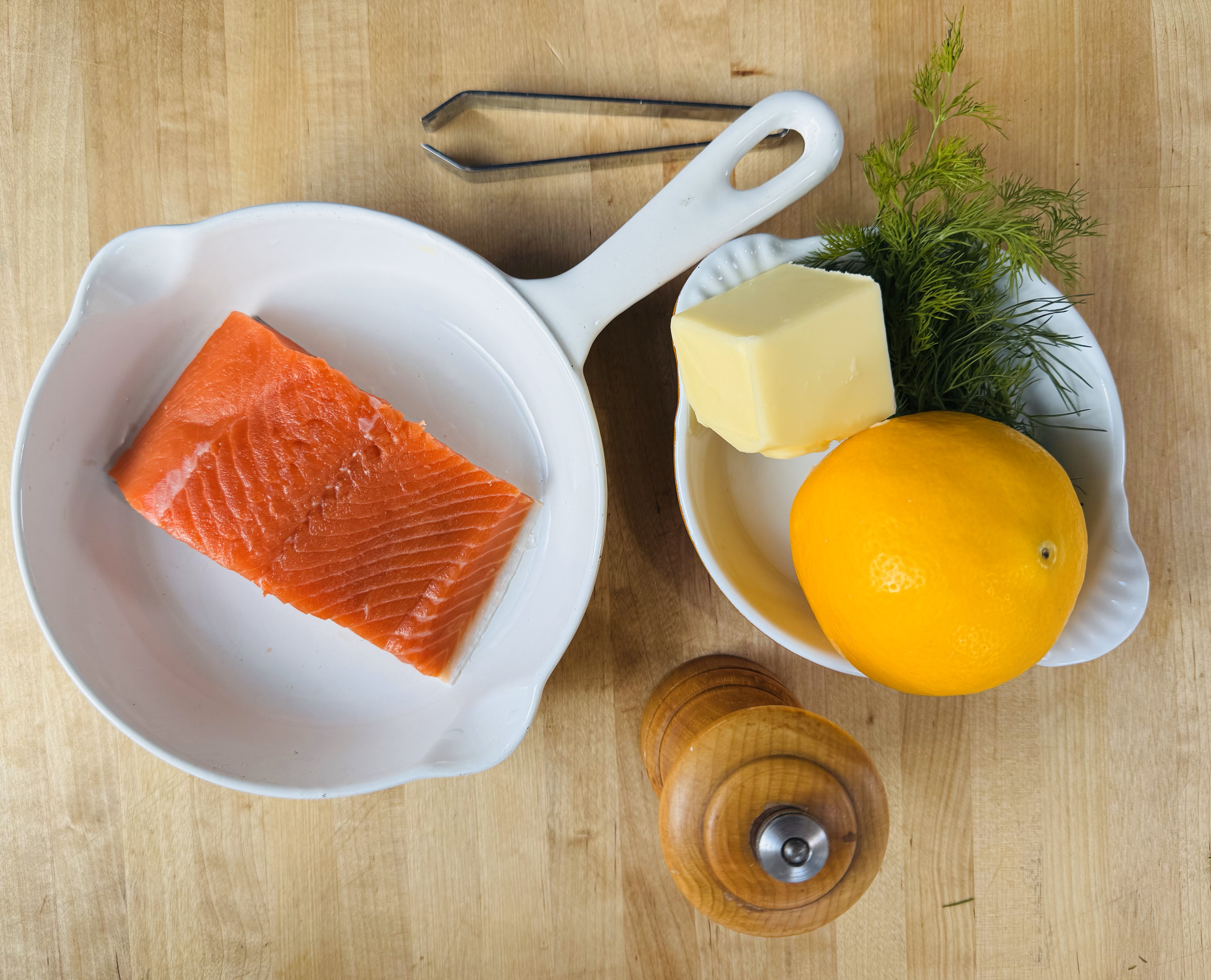By using our website, you agree to the use of cookies as described in our Cookie Policy
Wild Flavors: Dry-aging Copper River Sockeye Salmon with Cesar Figueroa
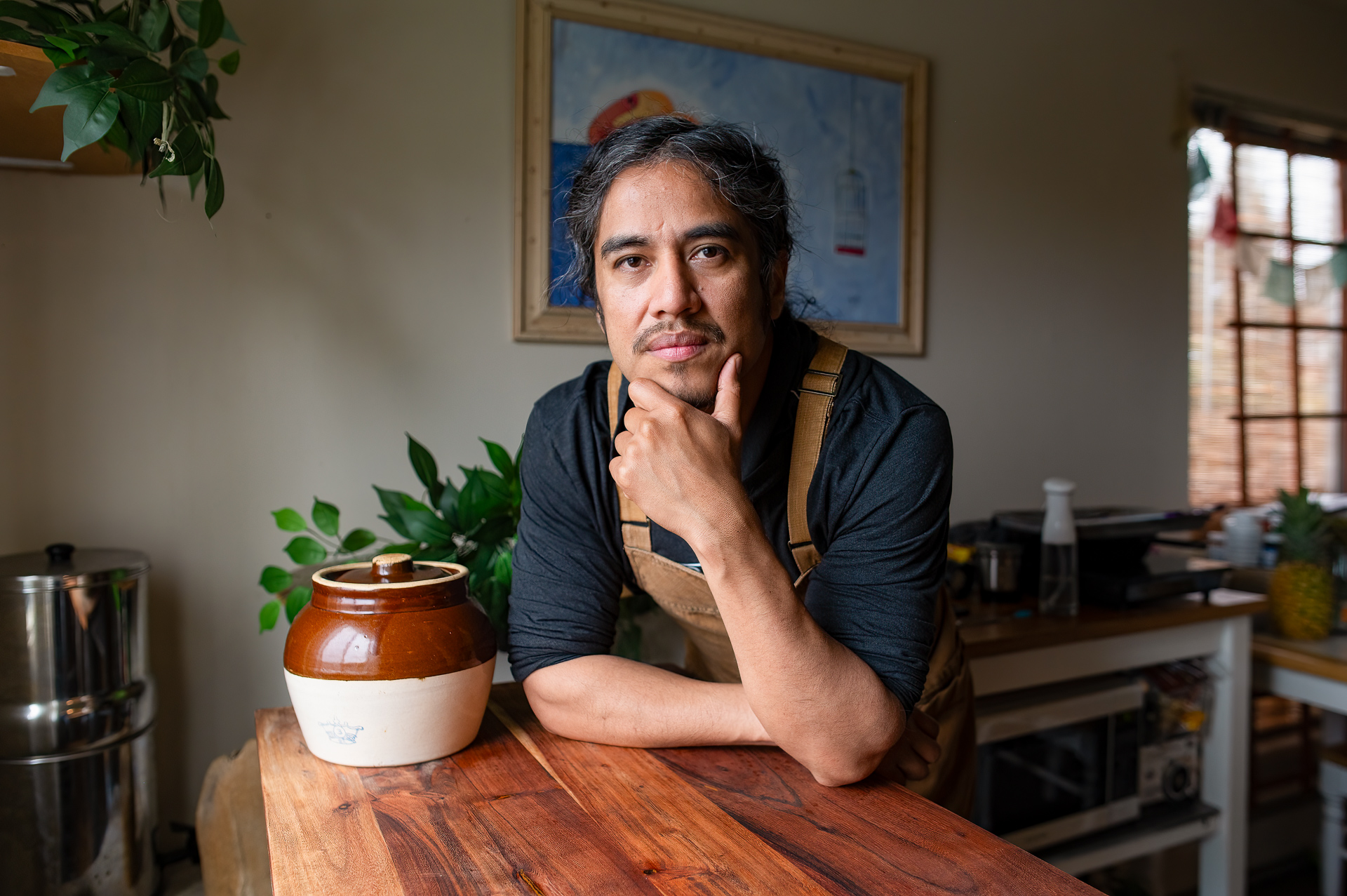
In the summer of 2023, I met Cesar Figueroa on a typical gray and rainy Cordova afternoon. I was on Main Street chatting with a friend and spotted him right away. Sure, I'd seen glimpses of his culinary talent on social media where he shares his elevated dishes, and heard of his participation during the 2022 Chef Tour, but meeting him in person was different; he greeted me with genuine warmth and approachability.
Cesar's roots trace back to Cuernavaca, Mexico, a quaint city nestled on the outskirts of the nation's bustling capital. Raised amidst the rich tapestry of Mexican cuisine within a family of butchers, he brings a rich cultural flair to his cooking. Cesar's culinary journey led him to Seattle--a place he now calls home, and creates hybrid dishes sourcing local Pacific Northwest ingredients. Our conversations often flow effortlessly between English and Spanish, infused with the playful charm of Spanglish—a reflection of our shared cultural heritage.
During his last visit, we discussed a technique that he uses in his cooking and that had piqued my curiosity ever since Cesar first hinted at it in an email exchange weeks prior to our meeting: the process of dry-aging salmon.
HOW DRY-AGING SALMON WORKS
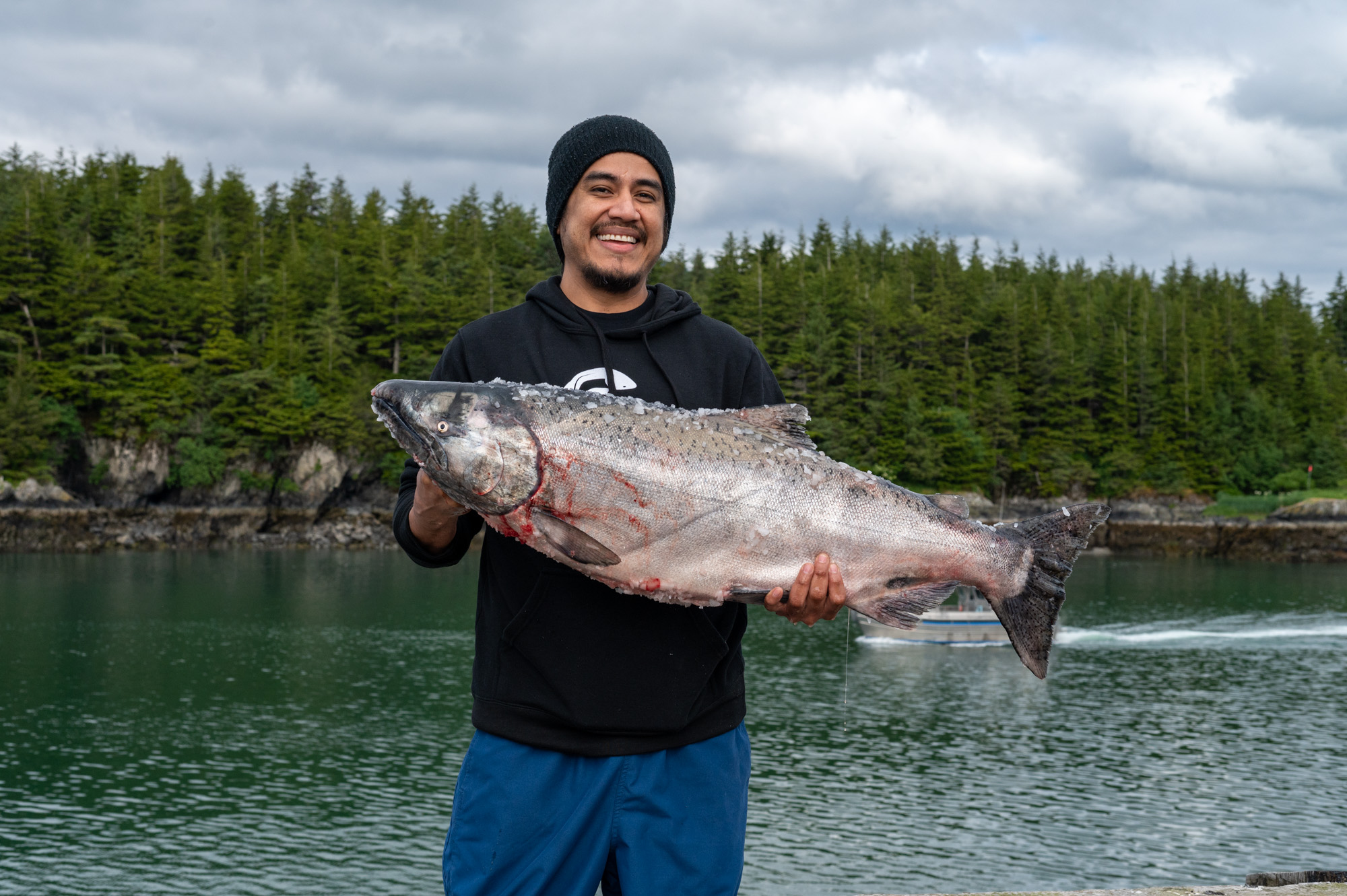
Have you ever heard of or tried dry-aged salmon? It's a fascinating culinary process where fresh salmon is carefully stored in a controlled environment with specific temperature and humidity conditions for a designated period, typically ranging from a few days to several weeks. During this time, enzymes naturally present in the fish's flesh break down proteins and fats, resulting in enhanced flavor, intensified umami notes, and a firmer, more appealing texture.
Dry-aging can extend the fish's shelf life, reducing potential waste, and offering chefs and seafood enthusiasts a unique and flavorful dining experience. The real magic happens as the salmon loses some moisture without spoiling, resulting in incredible flavor and texture enhancements.
Cesar shared with us his recipe for Copper River sockeye salmon–dry-aged for 15 days–marinated with blackened strawberry kosho and paired with nixtamalized white strawberries poached with umeshu wine made with green strawberries. He then finished the dish with wild strawberries, strawberry leaf oil, & cultured white strawberry cream.
WHY DRY-AGED?
I asked Cesar to give his expertise and knowledge on dry-aging Copper River salmon and why he seeks out this technique.
Can you describe the process of dry aging salmon? How do you ensure that it dry ages properly while maintaining quality?
As a rule of thumb, always use fresh salmon for dry aging. I always get mine from Copper River Salmon. First, remove the scales carefully with a knife. Instead of washing, pat dry with a paper towel to preserve moisture. Gut and clean the fish well, then portion it. If you can't hang the whole fish, cut it into the head and collars, the middle, and the tail. Place portions on a wire rack over a sheet tray in your fridge, flipping daily to ensure even drying.
How do you determine the ideal aging time?
It depends on the fish. The smaller the fish, the less time it takes, for example 3–7 days. A salmon is a bigger fish, has more skin, bones and is more robust, therefore you can dry-age it up to 30 days. It depends on the texture and flavor you want, but for most people starting, I’d recommend 15–30 days.
Why do you think dry-aging is worth exploring?
I believe it's worth exploring because it's going to give you a better result and knowledge about the fish. There’s a connection between fish and fishy smells, but in reality this is not how it should be. Once you start dry-aging, you can understand how to pick a fish and the different stages it goes through and the boundaries you can push with it. You won't be afraid to experiment more once you do this. It's a good way for a home cook or someone who doesn't have experience to understand the senses, textures and holistic features of salmon.
What makes dry-aging different from other cooking methods?
What makes it different is the fat texture. You will smell and taste the aged fat on the salmon. When you cook it within something like a curry or soup, you are going to taste the salmon more drastically, and there's nothing in there diluting the flavor per se.
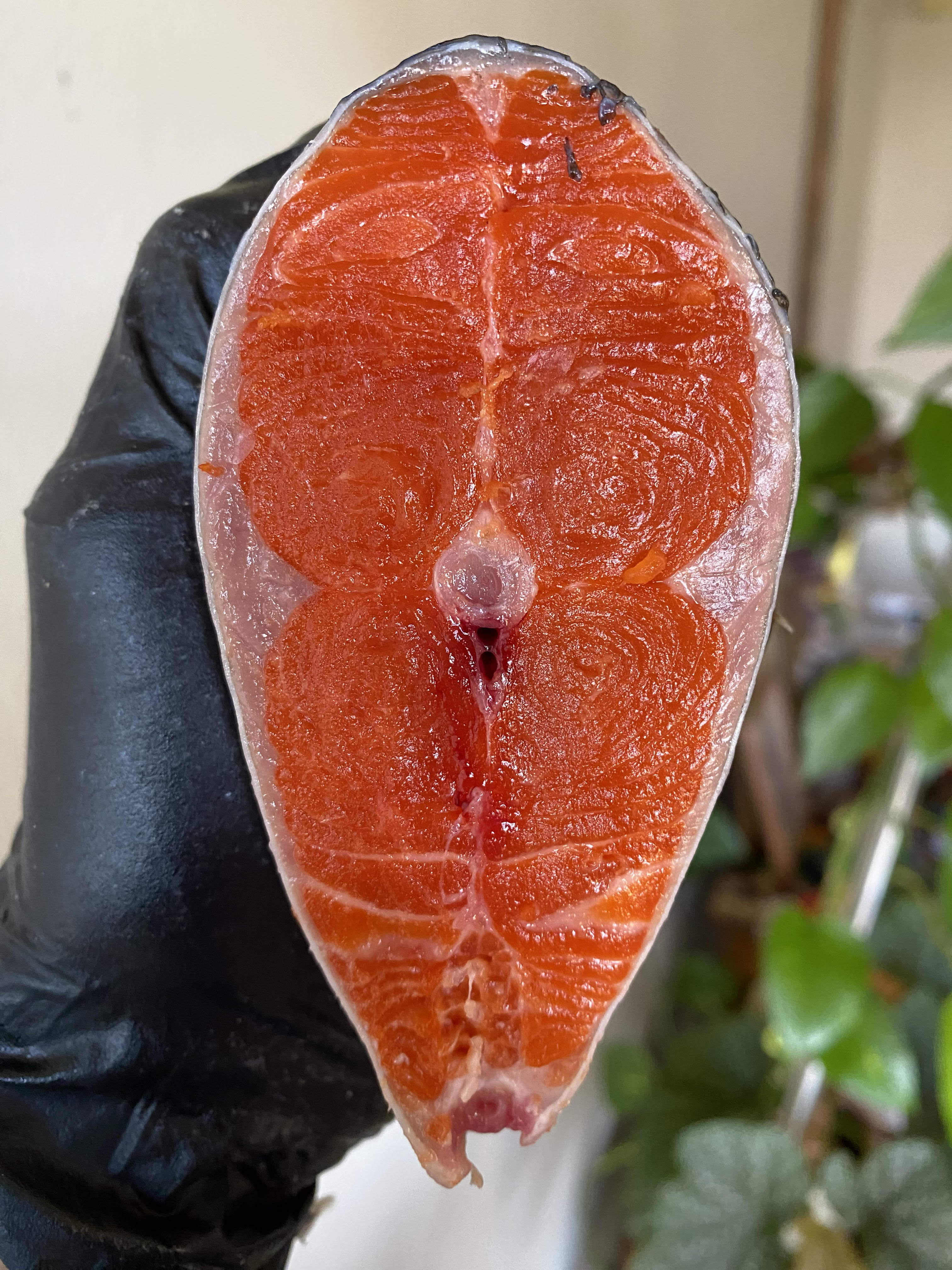
What advice you would give to home cooks trying dry-aging in their kitchens?
Do your research! Read some books on it, and don’t be afraid of experimenting with it. There are some learning curves along the way, but it's like anything, don’t get discouraged. Start small, day-by-day, and remember that it’s not as hard as it looks. Again, you’re going to get those flavors and textures. Once you understand the process, you can create so many things.
Can you share any recipes where dry-aged Sockeye shines?
I would suggest pairing it and not mixing it in to a recipe. It’s better to prepare it separately when it comes to appreciating the fish. It defeats the purpose when you add it to things like soup or curries. It doesn't need to be complicated because you already did the complicated part.
Additional thoughts:
Try to utilize everything from the fish. We tend to discard the skin, head and bones because we don't know what to do with them. Try to appreciate the fish by using all of it and not wasting a single part.
Cesar during the 2022 Summer Salmon Camp
‹ Back


